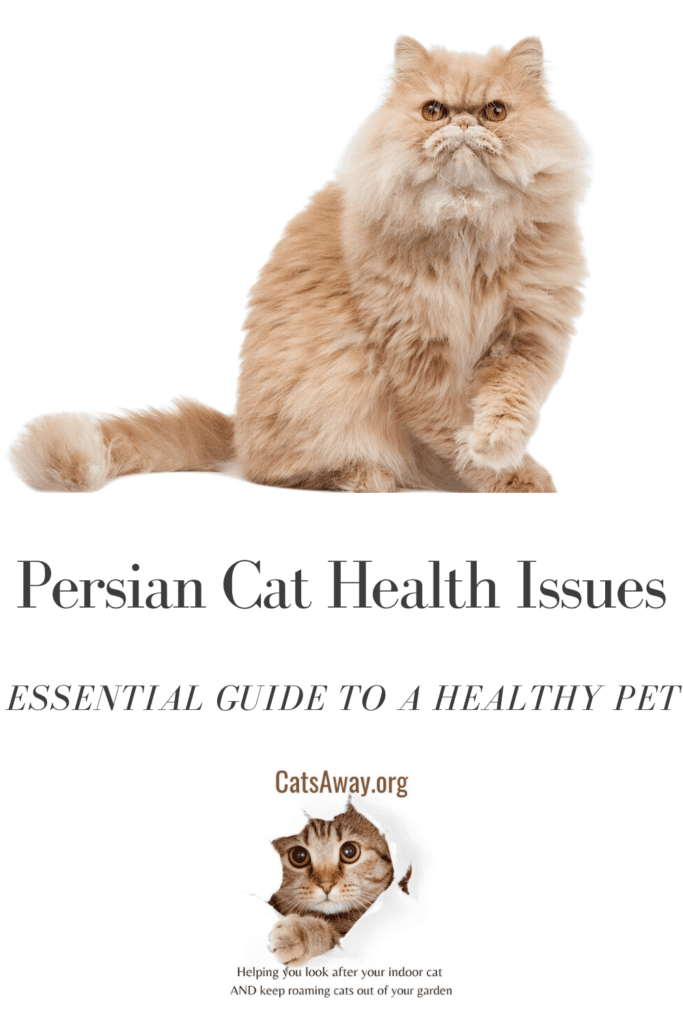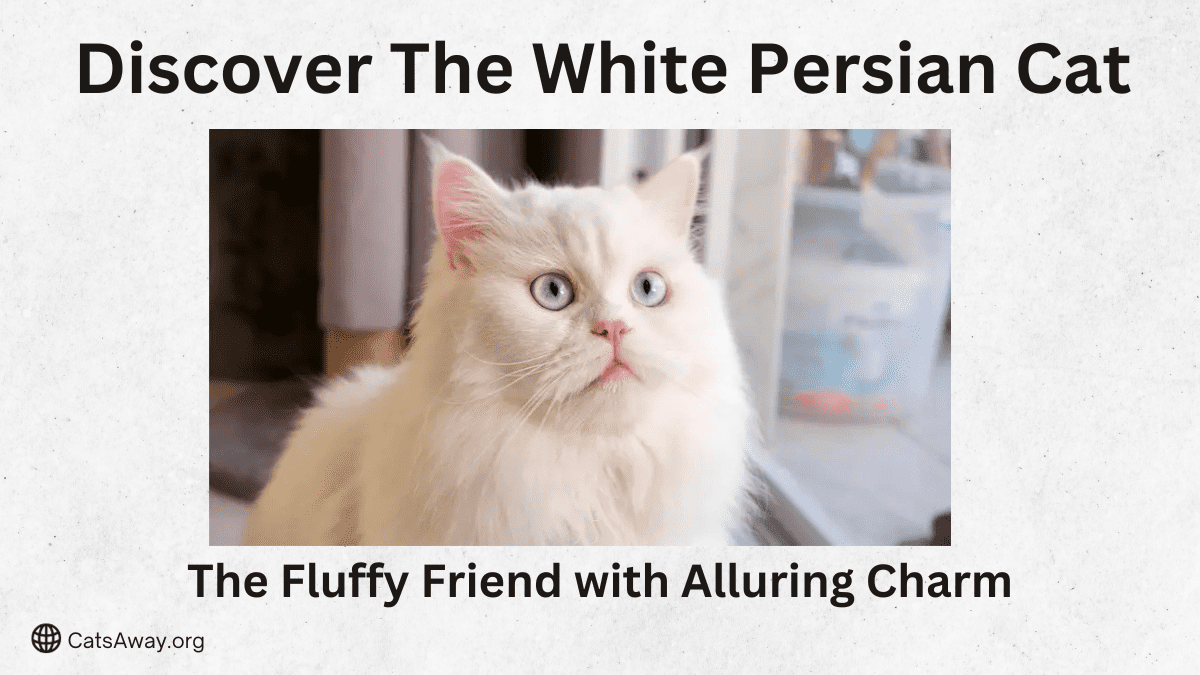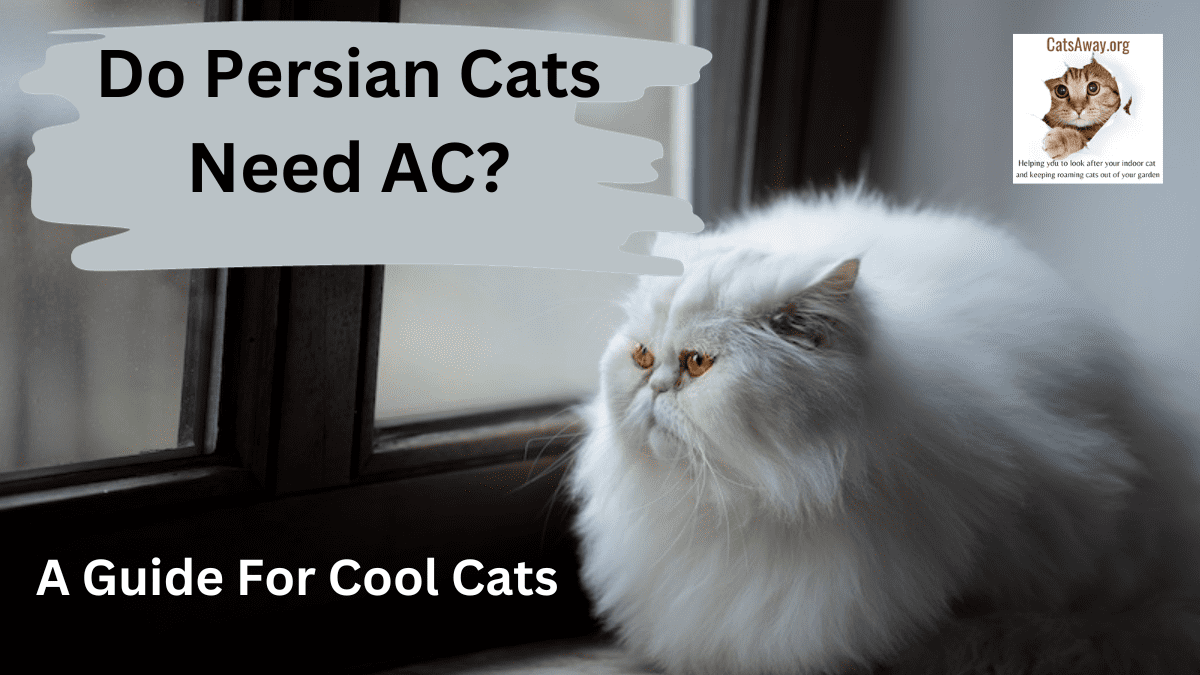Persian cats are a popular and beautiful breed known for their long, luxurious coats and flat faces. However, these distinctive features can contribute to certain health issues specific to their breed. Understanding these Persian cat health issues is essential for ensuring a healthy and happy life for your feline friend.
Some of these health concerns include Polycystic Kidney Disease (PKD), facial dermatosis, and hydrocephalus. Breeding and genetics play a major role in the presence of these health issues, making it important for prospective owners to research breeders and be informed about the risks. Proper prevention, care, and vigilance are crucial when it comes to safeguarding the health of these unique felines.
Key Takeaways
- Persian cats face breed-specific health issues, such as PKD, facial dermatosis, and hydrocephalus.
- Researching breeders and understanding the role of genetics is vital for potential owners.
- Proper preventive care is essential for maintaining the wellbeing of a Persian cat.
Common Persian Cat Health Issues
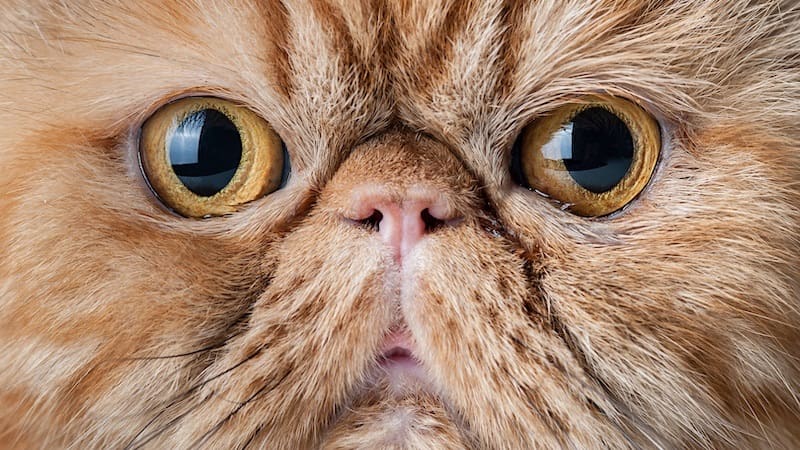
Upper Respiratory Infections
Persian cats are prone to upper respiratory infections. The flat-faced head shape of these cats can make breathing more difficult, leading to infections.
Polycystic Kidney Disease
One common issue in Persian cats is Polycystic Kidney Disease (PKD). It can be detected through a genetic test. Symptoms include increased drinking and urination, diminished appetite, weight loss, nausea, vomiting, and lethargy.
Progressive Retinal Atrophy
Persian cats can also suffer from Progressive Retinal Atrophy (PRA). This is an inherited eye condition that leads to gradual blindness.
Dental Issues
Dental problems are common in Persian cats due to their brachycephalic facial structure. Regular dental check-ups can help prevent these issues.
Prevention and Care
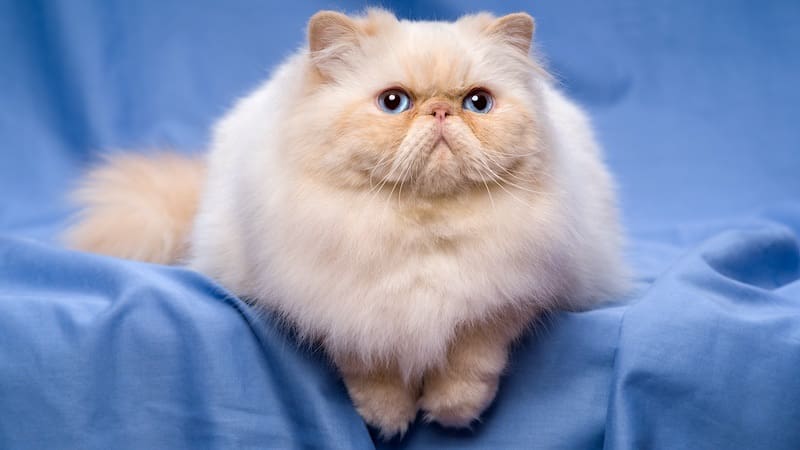
Grooming and Hygiene
Persian cats have long, beautiful fur that requires regular grooming. Brushing their coat daily helps prevent matting and keeps it healthy. Additionally, it’s essential to clean their eyes gently with a damp cloth, as their flat faces and large eyes are prone to tear staining and infections.
Regular Veterinary Checkups
Scheduling regular checkups with a veterinarian is crucial for maintaining Persian cat health. These visits help identify potential issues such as hydrocephalus, progressive retinal atrophy, and dental problems early on. Early detection allows prompt treatment and improves the cat’s quality of life.
Proper Nutrition
Feeding a well-balanced diet supports overall health in Persian cats. Providing them with high-quality cat food that meets their nutritional requirements promotes a healthy immune system, maintains fur quality, and reduces the risk of obesity. Additionally, consulting with a veterinarian about any specific dietary needs can help ensure proper nutrition for each individual cat.
Breeding and Genetics
Importance of Genetic Testing
Persian cats are prone to certain genetic health problems. It’s essential to conduct genetic screening to prevent the inheritance of these diseases. For example, progressive retinal atrophy and polycystic kidney disease can be detected early through testing.
This way, potential issues are identified, enabling breeders to make informed decisions when planning their breeding programs. Additionally, it allows future owners to be aware of any health risks associated with their potential furry companion.
Responsible Breeding Practices
Incorporating responsible breeding practices contributes to the overall health of the Persian cat breed. Research indicates that many health issues in Persian cats may be linked to their long coat and flat face, which are both breed traits.
To mitigate these issues, breeders should prioritize cats’ health when selecting mating pairs. Avoiding overbreeding and inbreeding helps maintain genetic diversity and reduces the chances of inherited health problems.
Persian cats are not cheap so prospective owners should seek reputable breeders who follow these practices to ensure they bring home a healthy and happy Persian cat. Always check the breeder is registered with the Cat Fanciers Association.
Frequently Asked Questions
Common health issues?
Persian cats can be prone to several health problems, such as polycystic kidney disease, brachycephalic airway obstruction syndrome, and hydrocephalus. Regular vet check-ups can help detect and address these concerns early.
Breathing problems?
Due to the flattened facial features of Persian cats they can suffer from brachycephalic airway obstruction syndrome (BAOS), which causes difficulties in breathing. This condition can be managed by maintaining a healthy weight and providing a cool environment.
Dangerous?
Persian cats are not known to be aggressive or dangerous. They are generally calm and docile, making them suitable pets for families and individuals alike.
Personality traits?
Persians are known for being quiet, laid-back, and affectionate pets. Persian cats tend to sleep more than other cats. They will bond closely with their owners and enjoy being pampered and groomed.
Indoor lifespan?
Indoor living is recommended for Persian cats, as it helps protect them from environmental hazards and infectious diseases. Providing a stimulating indoor environment can help keep them happy and healthy throughout their lives.
On average, indoor Persian cats have a lifespan of 12-17 years. Their longevity can be enhanced through proper care, nutrition, and regular veterinary visits.

